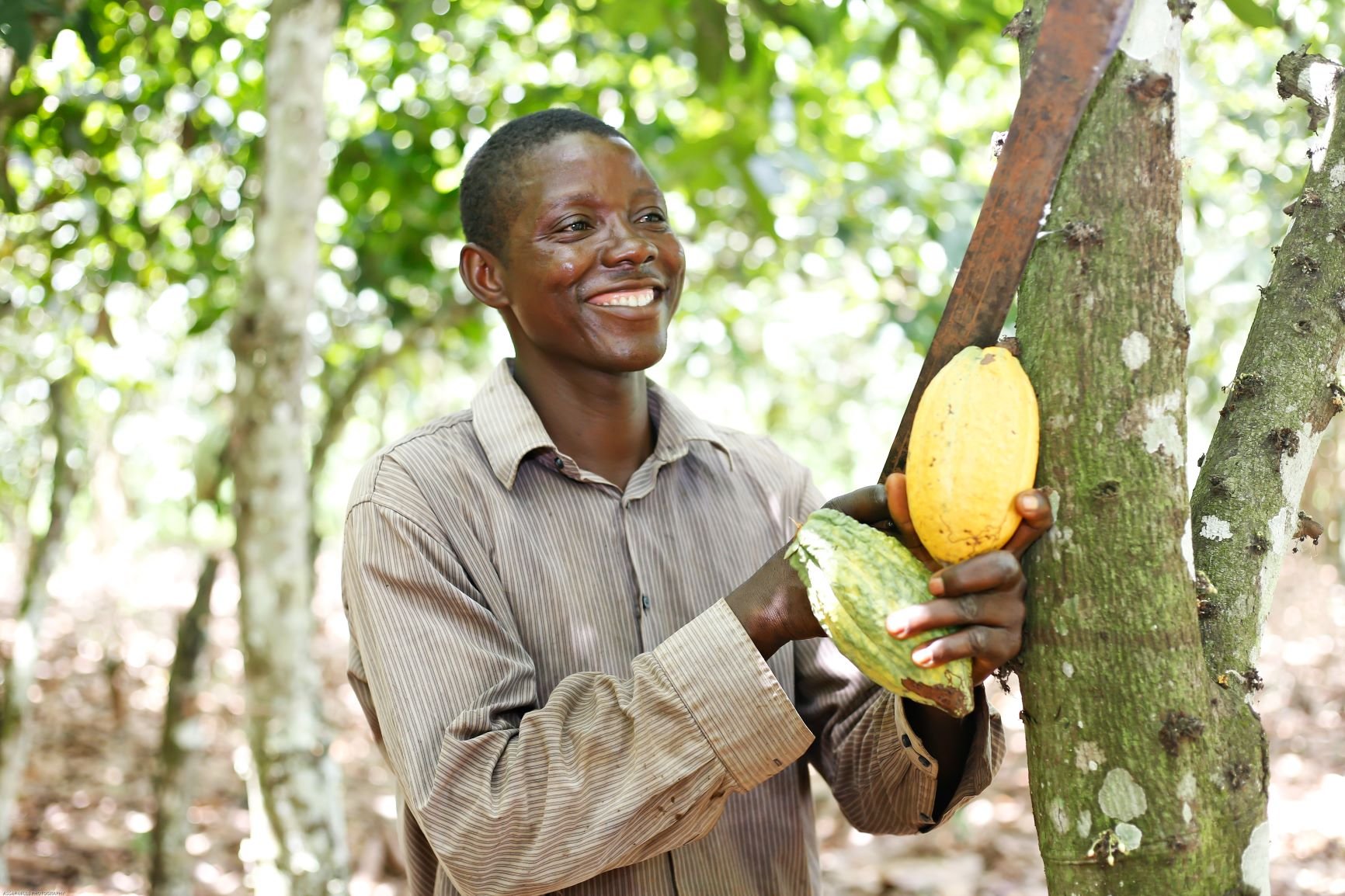Tackling Scope 3 Emissions: Transforming Risks into Opportunities
The Food, Land, and Agriculture (FLAG) sector accounts for approximately 22% of global GHG emissions. Of this, a significant proportion is comprised of indirect emissions that occur within a company’s value chain – these are known as Scope 3 emissions. For an average packaged food company, Scope 3 emissions account for more than 90% of total emissions.
Most Scope 3 emissions originate upstream and are caused by land use change and practices resulting from raw ingredients grown on a farm or plantation. With recent guidance requiring FLAG companies to reduce emissions by at least 72% and neutralise remaining emissions by 2050 to meet the SBTi net-zero standard, Scope 3 emissions must be addressed.
Last week, Regeneration attended an Innovation Forum conference to discuss practical actions that businesses can take to tackle Scope 3 emissions. Our team made the most of this opportunity by connecting with cross-industry experts and attending panels focused on how businesses can engage key actors, decarbonise supply chains, and drive efficiencies towards net-zero.
Reflecting on the conference proceedings, Erik Löwer, an Associate at Regeneration noted that, “despite the sizeable volume of supply chain emissions, which are around 11 times larger than direct emissions, the conference demonstrated that many companies are still yet to act on this.”
For instance, during a discussion on sustainable procurement, a participant noted that of companies reporting to the CDP, the global environmental disclosure system, less than half are reporting on any of their supply chain emissions. Ultimately, many companies continue to view climate-related disclosure and regulation as a compliance issue and burden on business, citing challenges with data collection across their supply chain, tracking and tracing, and guidance fatigue.
During a session on financing supply chain innovation, a participant said that a huge amount of time, resources, and innovation, all of which have a price attached, are required to truly decarbonise. The cost must be shared across actors, and not solely born on the supplier, to achieve Scope 3 emissions reductions at the speed and scale required to meet net-zero targets
An employee from a global food and agri-business explained that sufficient financial incentives are needed to ensure the 2.7 million smallholder farmers that they work with are following regenerative practices aligned with emissions-reductions targets. This could mean improving farmer incomes, increasing yields, providing training schemes, and offering other premiums sufficient to outweigh the costs of behaviour change.
Incentivising farmers through a fair income that appreciates their value can help a company to transform their supply chain (Image source: Unsplash).
Cost-sharing and collaboration are effective in incentivising stakeholders to engage in emissions-reductions activity. However, there are still challenges in understanding what activity to undertake. For example, a spokesperson from a technology company explained that when dealing with emissions reductions, many corporates continue to adopt a “carbon tunnel vision”, neglecting the externalities that this may impose on other indicators like biodiversity and forest cover.
The necessity of ensuring that emission-reduction activities are nature-positive was further highlighted in the panel discussion on best practices to measure Scope 3 emissions. While many companies are beginning to implement carbon accounting to tackle indirect emissions, an individual from a food conglomerate noted that this is often done using country-level deforestation data, neglecting forest loss at the local-level. By doing this, companies distort land use change emissions, and create barriers to effectively reducing Scope 3 emissions. This conglomerate is also working with responsible sourcing organisations to achieve a more granular tracking. This, alongside linking the deforestation team with the carbon accounting team can help to refine emission factors. Refined, local emission factors can then monitor the carbon impact of local actions and thus help this conglomerate to reduce its reported emissions.
Forests are a huge carbon sink, absorbing a net 7.6 billion metric tonnes of CO2 per year (Image source: Unsplash).
So, what does all this tell us about tackling Scope 3 emissions in the FLAG sector? Ultimately that tackling Scope 3 emissions is a challenging task. Embedding activities to reduce them at the rates required will demand collaboration across the supply chain as well as innovative solutions which not only reduce GHG footprints but also tackle nature-based goals like deforestation.
As Erik Löwer puts it, “Tackling Scope 3 emissions will necessitate a mindset shift. Rather than perceiving emissions-reductions activity as a huge cost or risk, we need to see the opportunities. Companies that move early will stand to benefit, whether that be through gaining a competitive advantage in the market, fostering supply chain resilience through sustainable procurement, or securing a limited supply of carbon removals.”
Regeneration offers leading corporates solutions to tackle Scope 3 emissions and deliver on climate and environmental goals through purchasing regeneratively grown commodities which remove carbon. To find out more about how we can help you, visit https://www.regeneration.io/corporates.


